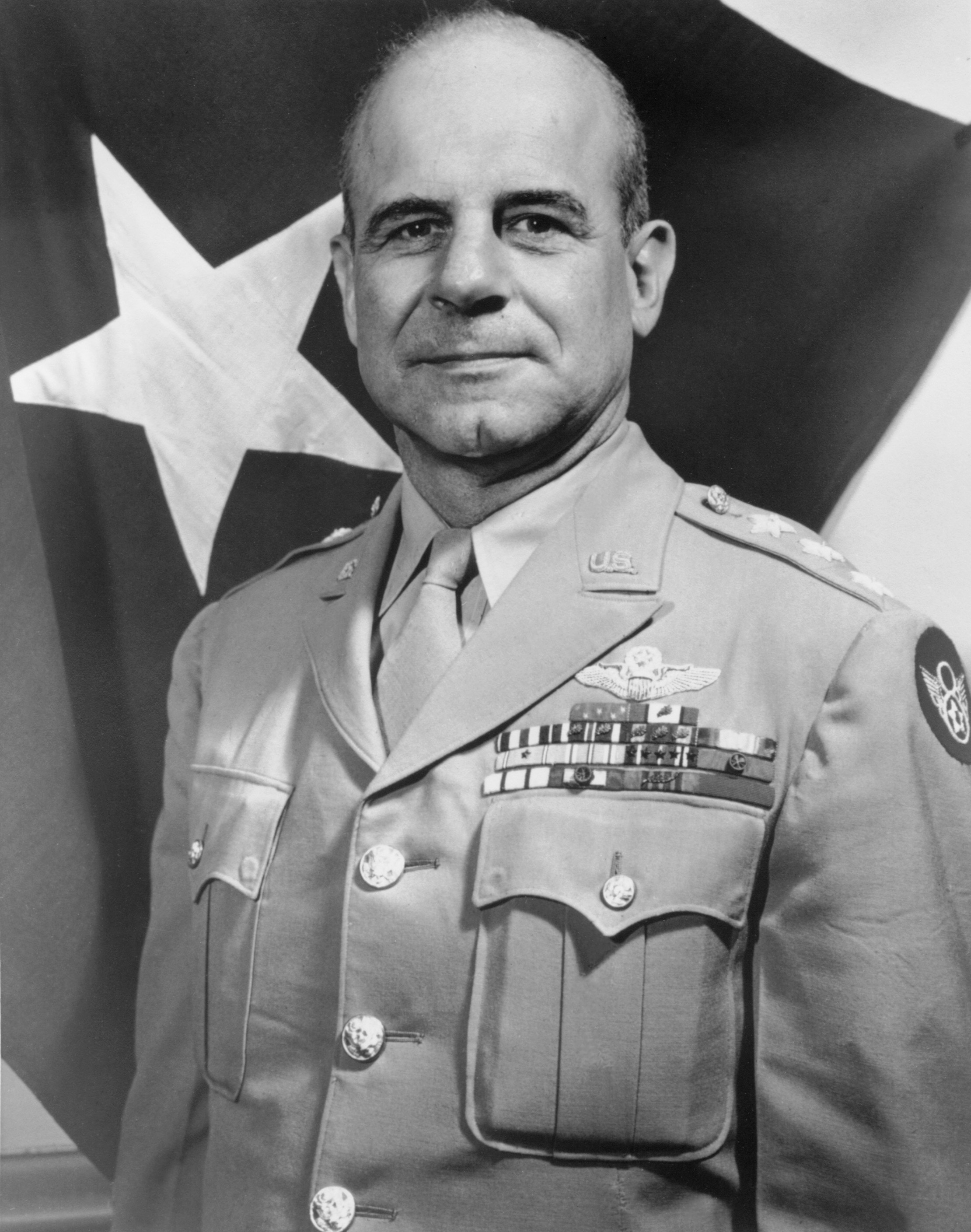Get Today in Masonic History into your Inbox. Sign up today for one of our email lists!
Need an article for your Trestleboard/Newsletter see our Use Policy
James Harold "Jimmy" Doolittle Passes Away

Today in Masonic History James Harold "Jimmy" Doolittle passes away in 1993.
James Harold "Jimmy" Doolittle was an American pilot.
Doolittle was born in Alameda, California on December 14th, 1896. He spent most of his youth in Nome, Alaska. By 1910 he returned to California and attended school in Los Angeles at Manual Arts High School. After graduation he attended Los Angeles City College, before being accepted to the University of California, Berkley. There he studied in the School of Mines. They used the term "School of Mines" to describe the engineering programs in the 18th and 19th century since most engineering involved mining. In 1917, he left school to enlist during World War I, he never left the United States during World War I.
In 1922, Doolittle made a pioneering flight. He flew directly from Florida to California, stopping once for fuel. The flight took over 21 hours.
Doolittle traveled around the United States for duty stations leading up to World War II. He largely worked in developing new flight procedures and techniques. One of the techniques he developed was the ability for a pilot to fly by instruments only. As aircraft became faster, it became increasingly difficult for pilots to trust their motion senses (up, down, left, right). Doolittle believed that a pilot could and perhaps should, based on his studies, fly strictly by instruments. In 1929 he became the first pilot to takeoff, land and fly a plane strictly with instruments.
In 1942, Doolittle planned and executed "Doolittle's Raid." The raid took place on the Japanese homeland and struck several major cities. The Raid was flown off the USS Hornet. Doolittle, his crew and several other crews flew bombers over Japan. The intent after the raid was for the crews of the various aircraft to land in China. Due to poor weather and a lack of fuel in the case of at least one aircraft, all of the crews were forced to ditch and parachute into China. Four members of the raid lost their lives when they were captured by Japanese forces in China, the rest of the crews made it to safety with the help of friendly Chinese soldiers and guerrillas. Although the Raid itself did minimal damage, it had a direct impact on the war in the Pacific. The Raid embarrassed Japanese military leaders and forced them to redeploy their troops. Many historians feel "Doolittle's Raid" is the reason the Allies were successful in the Battle of Midway.
Because of "Dootlittle's Raid", Doolittle went from the rank of Lieutenant Colonel during the Raid to immediately being promoted to Brigadier General. By the end of that same year they promoted him to Major General and gave him a command in North Africa. On one of his missions over Italy, Doolittle was responsible for the destruction of an entire town. A fellow officer sent him a message stating that "he must be slipping. There was a crabapple tree and stable still standing."
Doolittle passed away on September 27th, 1993.
Doolittle was a member of Hollenbeck Lodge No. 319 in Los Angeles, California. In an interesting set of events, Doolittle was balloted on during a special meeting of Hollenbeck Lodge for which they received special dispensation. At the time of his election to receive the degrees of Freemasonry he was stationed in Louisiana. Again with special dispensation from the Grand Lodge of California and the Grand Lodge of Louisiana, Doolittle was given all three degrees on August 16th, 1918 in Lake Charles Lodge No. 16. All of the special circumstances were to accommodate Doolittle's military service and deployments. Doolittle was also a 33° Scottish Rite mason and a Shriner.
This article provided by Brother Eric C. Steele.

